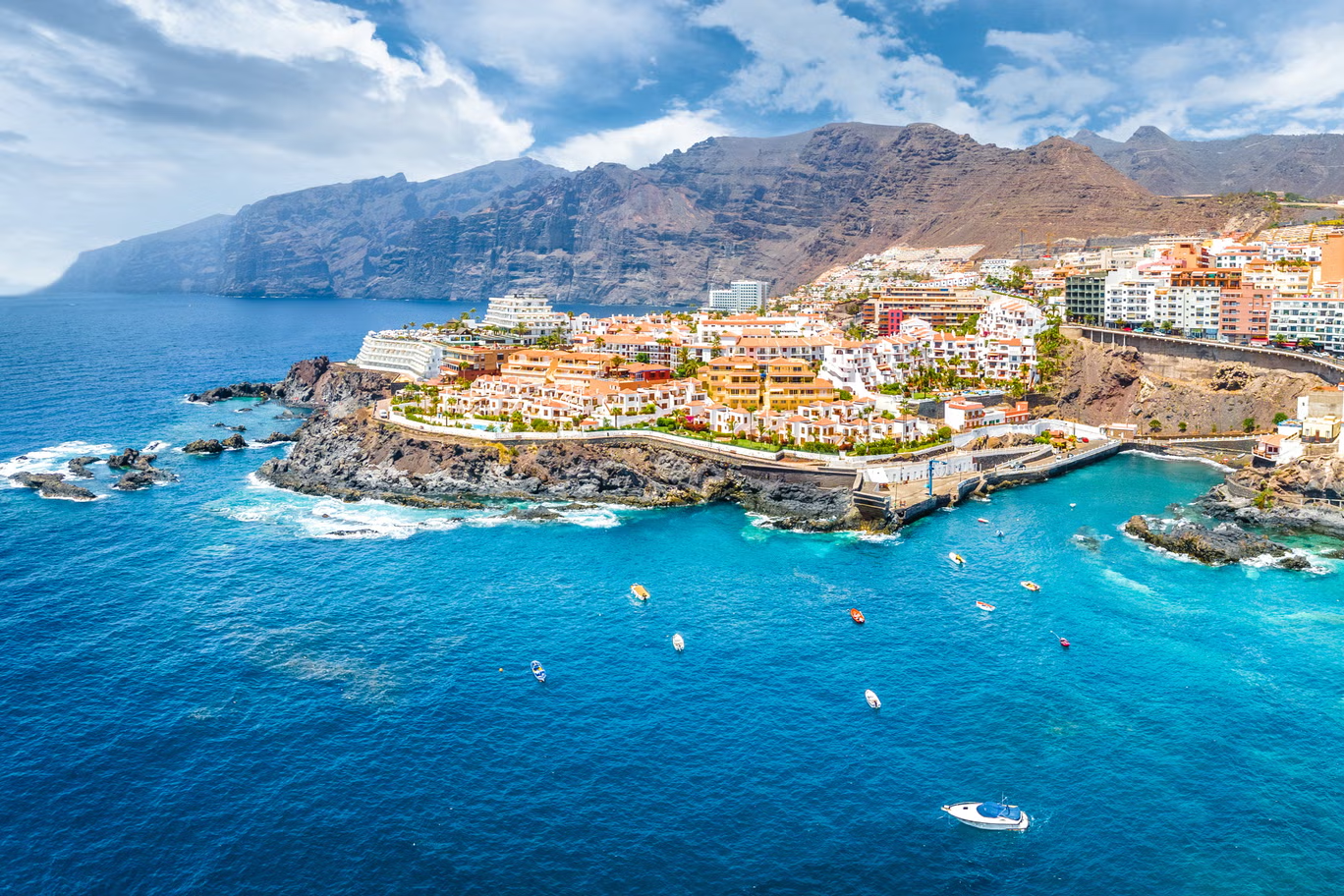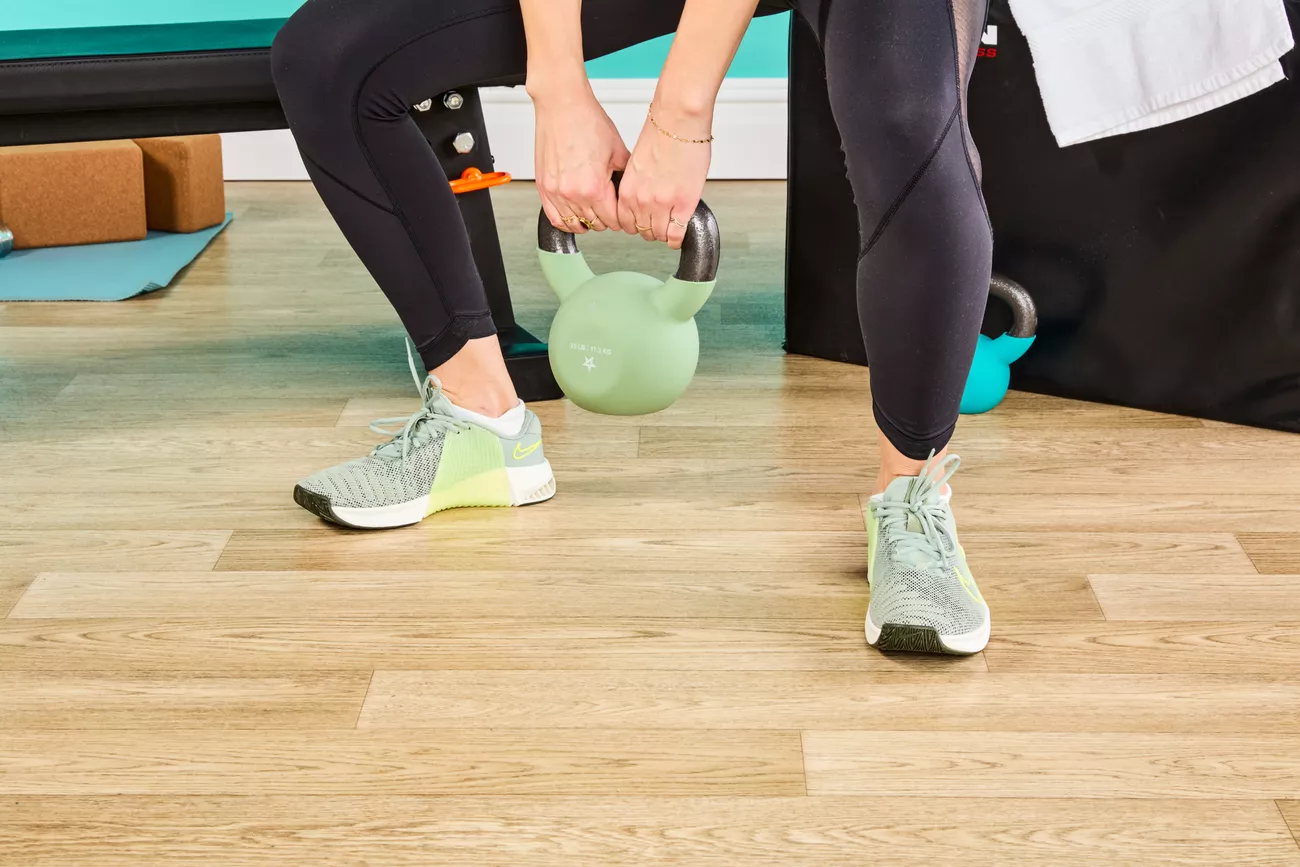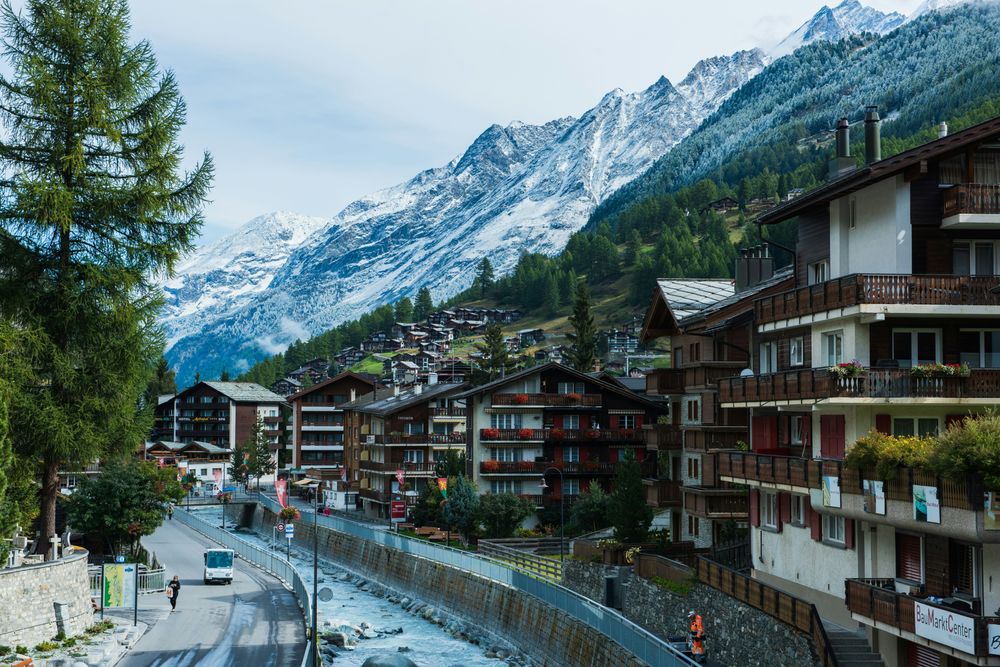The Ultimate Guide to Backpacking Must-Haves: Gear, Essentials, and Tips for the Perfect Adventure
This ultimate guide to backpacking must-haves will cover everything you need to pack for your journey, from gear essentials to tips for optimizing your pack. Whether you're a first-time backpacker or a seasoned pro, this list will help you prepare for the trail ahead.
1. Backpack: The Heart of Your Gear
Your backpack is the most crucial piece of equipment for any backpacking trip. It should be large enough to carry your gear but comfortable enough for long treks.
What to Look for:
- Capacity: Typically, 40-60 liters is ideal for a multi-day hike. If you’re going on a shorter trip (1-3 days), a smaller 30-40 liter pack may suffice.
- Fit: Ensure the pack fits your torso and waist comfortably. Adjustable straps and a padded hip belt will help distribute the weight evenly.
- Compartments: Look for multiple compartments for organization, including a hydration reservoir sleeve, side pockets, and a main compartment.
Recommended Backpack:
- Osprey Atmos AG (Men) / Osprey Osprey AG (Women): Known for comfort and excellent weight distribution.
- Deuter Aircontact Lite 50+10: Great for long-distance hikes, with an adjustable torso length.
2. Sleeping Bag: Warmth and Comfort at Night
A good night’s sleep is essential for your energy on the trail. Choose a sleeping bag that suits the temperatures you expect on your trip.
What to Look for:
- Temperature Rating: Check the sleeping bag’s comfort rating to match your expected weather. For summer, look for bags rated 35°F (1°C) or higher; for winter, you’ll need something rated 20°F (-6°C) or lower.
- Insulation: Down is lightweight and packable but loses warmth when wet, while synthetic insulation is bulkier but performs better in wet conditions.
- Weight and Packability: Choose a bag that compresses easily and fits in your backpack without taking up too much space.
Recommended Sleeping Bags:
- REI Co-op Magma 15: Lightweight and high-quality down insulation.
- NEMO Disco 15: A great option for side sleepers, offering warmth and comfort.
3. Sleeping Pad: Cushion and Insulation
A sleeping pad is essential for comfort and insulation from the cold ground. It also helps reduce back pain caused by sleeping directly on the ground.
What to Look for:
- Type: Air pads are the lightest but less durable; foam pads are heavier but virtually indestructible. Hybrid options balance comfort and weight.
- R-Value: This indicates the pad’s insulation ability. For colder conditions, aim for a pad with an R-value of 4 or higher.
- Packability: Choose a pad that rolls or folds to fit easily inside your pack.
Recommended Sleeping Pads:
- Therm-a-Rest NeoAir Xlite: Compact, lightweight, and well-insulated.
- Sea to Summit Ultralight Sleeping Pad: Comfortable and ideal for warmer conditions.
4. Tent: Shelter from the Elements
Your tent will be your home on the trail, so choosing the right one is crucial for both comfort and protection from the elements.
What to Look for:
- Capacity: A 2-person tent is generally the best option for one person and their gear. If you plan to share, consider a 3-person tent.
- Weight: Look for a lightweight, 3-season tent for year-round use, but heavier models can be good for winter trips.
- Weather Resistance: Make sure the tent is waterproof with a strong, durable frame.
Recommended Tents:
- Big Agnes Copper Spur HV UL2: Lightweight, spacious, and perfect for 3-season trips.
- MSR Hubba Hubba NX 2: Durable and weather-resistant, ideal for long hikes.
5. Cooking System: Fuel Your Adventure
A reliable cooking system is vital for preparing meals on the trail, especially on multi-day backpacking trips.
What to Look for:
- Stove Type: Canister stoves are compact and easy to use, while alcohol stoves are lightweight but slower to cook. Liquid fuel stoves are best for colder weather but can be heavier.
- Weight: Look for lightweight stoves and cookware to minimize pack weight.
- Fuel Availability: Ensure that the fuel is easy to find and carry, especially for international trips.
Recommended Cooking Systems:
- Jetboil Flash Cooking System: Fast boiling and lightweight for solo hikers.
- MSR WhisperLite Universal Stove: Great for long trips with versatile fuel options.
6. Water Filtration System: Stay Hydrated
Clean water is essential on any backpacking trip. A reliable water filtration system is necessary for filtering water from streams, lakes, or rivers.
What to Look for:
- Portability: Choose a lightweight system that can easily be packed away.
- Filtration Type: Gravity filters are hands-off but take longer; pump filters are faster but require manual effort. Steripen UV purifiers are ultra-light but require batteries.
- Capacity: Consider how much water you’ll need to filter, especially for longer trips.
Recommended Water Filters:
- Sawyer Squeeze Water Filter: Compact, affordable, and effective for filtering large amounts of water.
- Katadyn BeFree Water Filtration System: Fast, easy to use, and ultra-light.
7. Clothing: Dress for the Outdoors
Proper clothing is key to staying comfortable and safe in changing weather conditions.
What to Pack:
- Base Layer: Moisture-wicking fabrics like merino wool or synthetic materials for layering.
- Insulating Layer: Fleece or down jackets for warmth.
- Outer Layer: Waterproof and windproof jackets and pants to protect against rain or snow.
- Footwear: Sturdy hiking boots with good ankle support and waterproofing.
Recommended Clothing:
- Patagonia Capilene Merino Wool Base Layers: Soft, breathable, and moisture-wicking.
- Arc'teryx Beta AR Jacket: Lightweight, durable, and perfect for rainy conditions.
8. Headlamp: Lighting the Way
A reliable headlamp is essential for any backpacking trip, especially if you plan on hiking at night or in low-light conditions.
What to Look for:
- Brightness: Look for a headlamp with adjustable brightness (measured in lumens), typically between 200-350 lumens for backpacking.
- Battery Life: Aim for a headlamp with long battery life—ideally, 50-100 hours at lower settings.
- Comfort: A lightweight and comfortable headband will prevent discomfort during long use.
Recommended Headlamps:
- Black Diamond Spot 400: Lightweight, bright, and durable.
- Petzl Actik Core: Rechargeable, powerful, and versatile.
9. Navigation Tools: Find Your Way
GPS and maps are crucial for navigation, especially in remote areas.
What to Look for:
- Map and Compass: Always carry a physical map and compass as a backup to electronic devices.
- GPS Device: Handheld GPS devices are best for off-grid navigation, and smartphones with offline maps work well in many areas.
Recommended Navigation Tools:
- Garmin inReach Mini: Satellite communicator and GPS device with SOS capabilities.
- Suunto MC-2G Compass: A reliable, durable compass for accurate navigation.
10. First Aid Kit: Be Prepared for Emergencies
Accidents happen, and a compact first aid kit can be the difference between a minor inconvenience and a serious issue on the trail.
What to Pack:
- Basic Supplies: Bandages, gauze, antiseptic wipes, blister pads, pain relievers, and tweezers.
- Medication: Personal medications, allergy medicine, and any other specific needs.
- Emergency Gear: A whistle, a multi-tool, and duct tape for emergency repairs.
Recommended First Aid Kit:
- Adventure Medical Kits Ultralight & Watertight .7: Lightweight, compact, and waterproof.
- REI Co-op Backpacker First Aid Kit: Comprehensive and easy to carry.
Bonus Tips for Backpacking Success:
- Test Your Gear: Before hitting the trail, take your gear out for a short hike to ensure everything works as expected.
- Plan for Weather: Be prepared for sudden weather changes by packing layers and weather-resistant clothing.
- Pack Light: Keep your pack weight manageable—aim for 20-25% of your body weight, including water and food.
- Leave No Trace: Respect nature by following Leave No Trace principles to minimize your impact on the environment.
Backpacking is a thrilling way to connect with nature, but the key to a successful trip lies in the preparation. Packing the right gear can make all the difference in your comfort, safety, and overall experience. From your backpack to your water filter, every item plays an essential role in keeping you safe and prepared for whatever the wilderness throws your way. By following this ultimate guide to backpacking must-haves, you’ll be ready to tackle the trails with confidence. Happy hiking!






